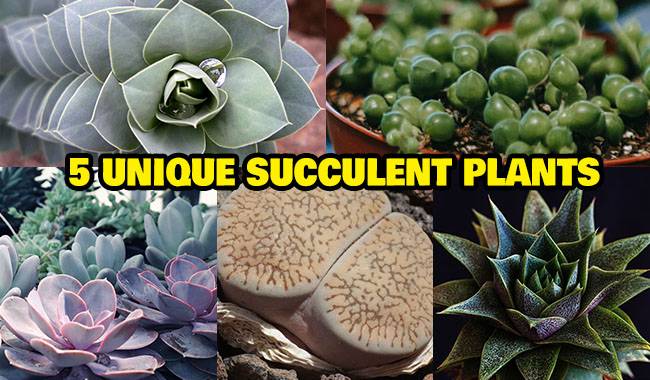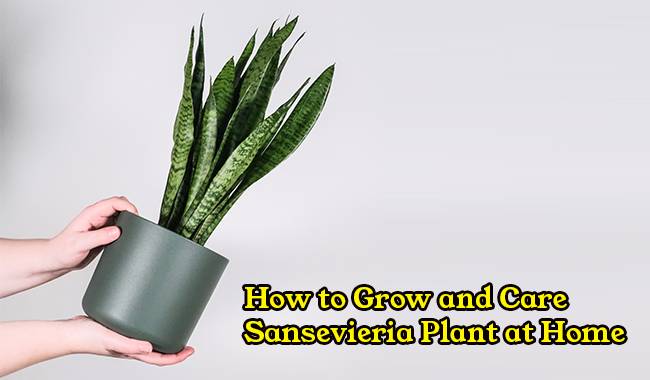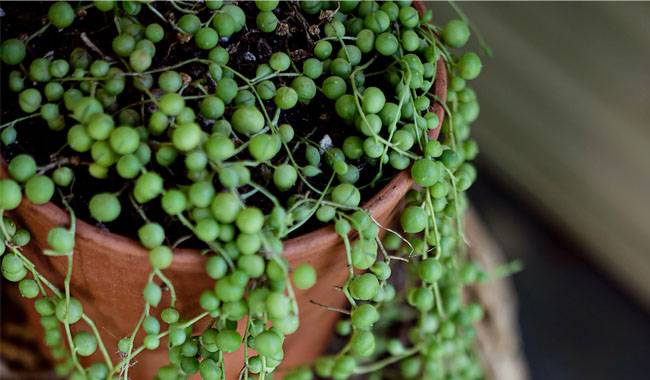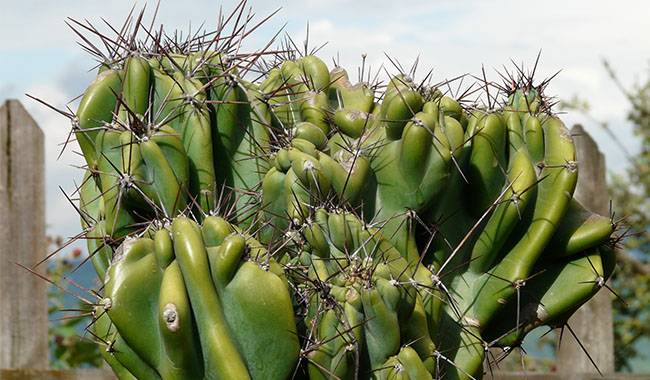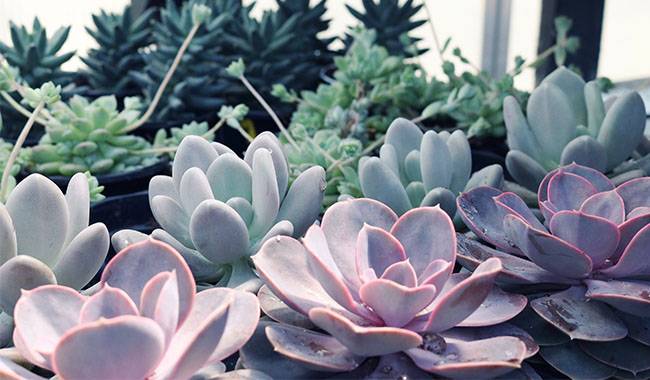
Echeveria Succulents is a genus of large flowering plants of the family Crassulaceae, native to the semi-desert regions of Central America, Mexico, and northwestern South America. Plants may be evergreen or deciduous. Flowers (cymes) on short stems arise from a rosette of compact, fleshy leaves, often brightly colored. Species are multi-fruited, meaning they may flower and set seed multiple times during their lifetime. They usually produce a large number of offspring, often referred to as “hen and chicks.”
This genus is a perennial herbaceous succulent plant. It has a total of 170 species, with the most widespread distribution in Mexico. However, some Echeveria species under natural conditions can also be found in South America and the United States. The plant is named after the Mexican artist Atanasio Echeverría y Godoy, who illustrated books about plant life in Mexico. Echeveria is locally known as a “stone rose” or “stone flower.”
BRIEF DESCRIPTION OF THE CULTIVATION OF ECHEVERIA SUCCULENTS
- Flowering. It occurs in spring or summer and lasts for about 20 days.
- Lighting. Light shade, bright diffused light, or just bright light.
- Temperature. In the warm season, the plant feels good at room temperature. And in winter, it needs to be cool – from 48-50 °F (9-10°C).
- Watering. Moisten the substrate in the pot systematically, but only after the plot is completely dry.
- Humidity. Suitable for any humidity.
- Fertilization. Fertilize shrubs only during the vegetative phase, as often as once every 30 days. Use mineral complexes for succulents and cacti. Plants do not need any fertilizer during the entire dormant period.
- Dormant period. In the wintertime.
- Transplanting. This procedure is done every spring when the shrub is young and in older examples 1 transplant at the beginning of the 3 or 4-year growing season.
- Propagation. By leaf or stem plugs, the seed method is less popular.
- Diseases. Fungal diseases.
- Pests. Not infested.
CHARACTERISTICS OF ECHEVERIA SUCCULENTS
Echeveria is a succulent plant with hard, succulent, and fleshy leaves in dense rosettes reaching 1.2-16 inches (3-40 cm) in diameter. The plant stores water in its leaves, which is why they are so succulent. The genus has stemless species and forms with long stems. Depending on the species and cultivar, the leaves vary in color, shape, and size.
On a long erect or lateral flowering stem, an erect lateral inflorescence is formed, consisting of small flowers. These Echeveria flowers may be brownish-red, orange-red, or yellow, but the petals and sepals are quite fleshy. The intensity of the color varies depending on the brightness of the light: flowers formed in the shade will usually have a yellow hue, while those formed in bright sunlight will have a red hue. Such plants can freely form interspecific and interspecific forms, the most common Pachyveria, Sedeveria, and Graptoveria. echeveria is quite popular among florists.
HOME CARE OF ECHEVERIA
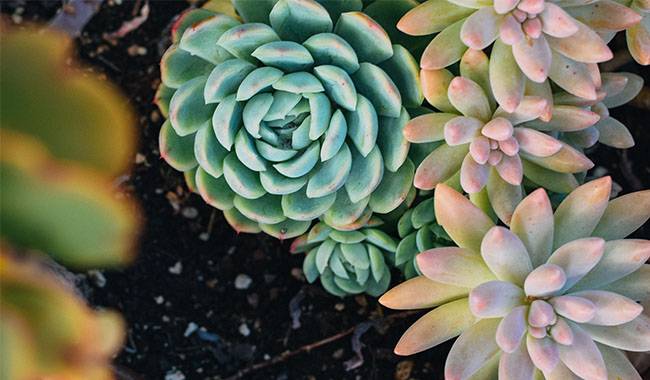
Echeveria is tolerant of both high and low temperatures in the air, and it is not afraid of direct sunlight or overly dry indoor air. In this respect, a south-facing window is very good for it.
During the warm season, the shrub grows and normally develops at the typical room temperature of the living space at that time of the year. During the winter, plants should be moved to where the temperature does not exceed 50 °F (10 °C). If you cannot provide these overwintering conditions for the plant, make sure the plant has enough light in a warm environment. Otherwise, it may become too long, and the stems become bare.
Watering
Water only when the soil in the pot has completely dried out. Use filtered or settled water at a temperature close to room temperature. If shrubs are watered too often, it can lead to root and lower leaf plate rot. Also, make sure that water does not accumulate around the stems and flows from the drainage holes to the sump. The fact that shrubs need urgent watering can be seen in the leaves: they become soft and puckered.
Humidity
Humidity is not important for this plant. Like all other succulents, it does not need to be sprayed and requires regular warm showers of water.
Fertilization
Be very careful about nourishing Echeveria, because if there is too much fertilizer in the soil mixture, it can cause rot on the leaves. During the growing season, fertilize the substrate only once every 30 days. A mineral compound fertilizer for cacti or succulents is appropriate. Stop fertilizing from September onwards. If you repot your plants regularly and replace the potting soil completely, fertilization can be dispensed.
Echeveria
Transplant and replace containers and soil mixtures every spring as long as the shrubs are young. Mature plants can be replanted less frequently – every 3 or 4 years.
Choose a pot with a hole in the bottom for drainage. It should be low but fairly wide. At the bottom of the pot, you should first place a drainage layer, which can consist of expanded clay or pebbles. Then transfer the shrubs from the old container to the new one. All the empty spaces should be filled with a fresh substrate consisting of peat, expanded clay and loess (1:1:3), and a handful of charcoal.
ECHEVERIA PROPAGATION METHOD
Growing from seed
The most time-consuming and difficult part of propagating Echeveria is by seed. First, you need to obtain seeds. To do this, you will need an adult plant. When it blooms, hand-pollinate the flowers. Next, you will need to collect the seeds in time for them to mature.
Fill a small container with a mixture of sand and peat and drop the seeds in: spread them evenly on the surface of the potting soil, pressing them in only gently, without covering them. Water the seeds, cover them with glass or plastic wrap, and place them in a well-lit and warm place 68-77 °F (20 to 25 °C). It is recommended to use small containers with drainage holes in the bottom of the container for sowing. These are designed to allow excess moisture to drain into the trays. If everything is done correctly, the first seedlings should appear after 15-20 days. Only after the seedlings have formed 3 true leaves should they be put into their respective small pots. Transplanted plants need plenty of light, so make sure you have the best windowsill.
Stem cuttings
Cut the top plugs in mid-March. To do this, cut the plugs from the parent shrub and immediately plant them into the substrate. Fill a container with sand and a small amount of composted soil and gently press the plugs in.
After rooting, place the cuttings in a well-lit and warm place at 71-75 °F (22-24 °C) and do not forget to water them regularly. If all conditions are met, the cuttings should root after 1-1.5 weeks. Then they will be put into permanent pots.
Leaf plugs
Propagation of Echeveria flowers in the room by foliage is relatively rare. In fact, in this case, success depends on your skills and experience. You will need to detach a large, lower leaf plate from the parent shrub without damaging it. Let it dry outdoors for a few hours. Next, place the foliage on a sandy surface, making sure it is level. Lightly moisten the surface of the substrate. After about four weeks, the first root system should appear. However, it will take three or four months for the leaves to fully root and form a bush.
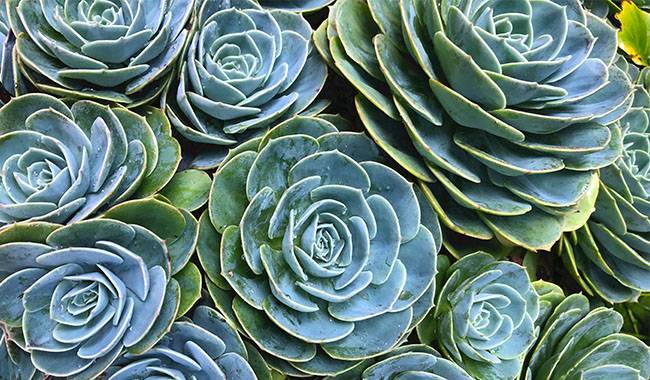
PESTS AND DISEASES OF ECHEVERIA
Diseases and their treatment
If you water Echeveria flowers too often, or if the water stagnates in the soil mixture for a sustained period of time, the fungal disease can develop. To avoid this, you need to water your plants properly, especially after they have completely dried out.
The following problems can also occur if the plant is not properly cared for or if the growing conditions are not suitable.
- The shoots become brittle, gray, or darkened. This can happen if the substrate becomes stagnant and the room is quite cool.
- The rosettes have become long and excessively loose. The bush feels severely under-lit.
- light-colored leaves. This means that the cheatgrass feels a lack of nutrients and water.
- The rosettes and leaves have shriveled. This occurs when the bush forgets to water in extreme heat.
Pests
This succulent plant is highly resistant to all types of pests.
More Related Information About Indoor Plants




